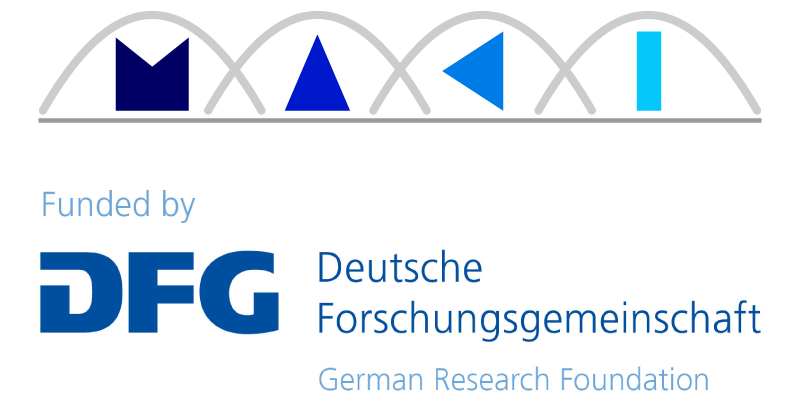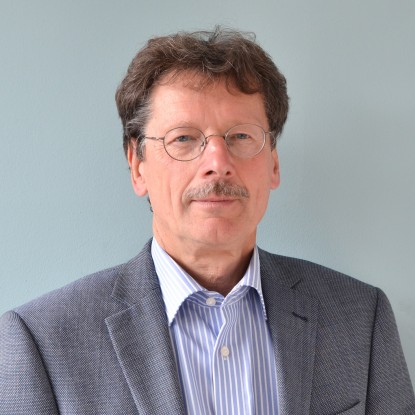The Collaborative Research Centre (SFB) MAKI addresses this challenge. In concrete terms, we look at the mechanisms that make up communications systems. We look at how to adapt them, how they interact and how to optimise and in the long term advance them continuously. The term “mechanism” describes two main aspects of communication systems: the communication protocols and their individual parts that define the functionality of communication systems and any additional parts based on them that are used in distributed systems. Currently, we witness a constant development of novel mechanisms which interestingly enough tend to provide equivalent functionality. Why is that? Adapting legacy mechanisms to various platforms and differing operation conditions including traffic conditions, bandwidth etc. is often quite challenging. Mobile usage in particular induces highly fluctuating conditions, which would require the communication system to adapt by means of transition between functionally equivalent mechanisms while running – which is mostly impossible at the moment. In real life, we need to assume the following: Interactions between mechanisms that depend on each other for proper functioning are still more complex and require coordinated transitions in groups of equivalent mechanisms, so-called “multi-mechanisms adaptation”.
In this light, the goal of the SFB MAKI is to research and explore new construction methods, new models and procedures for future communication systems, which in turn will enable automated, coordinated and protocol layer independent transitions between functionally equivalent mechanisms within a communication system. With that goal in mind, MAKI is an integral part of international research efforts on the “Internet of the future”.
Many consider the multitude of coexisting mechanisms a bother. However, looking at it from an engineering point of view, they are also a great opportunity stimulating innovation and requiring a paradigm shift. At MAKI, we aim to generate automated solutions which in consequence will transform and restructure the worldwide Internet significantly and sustainably.





